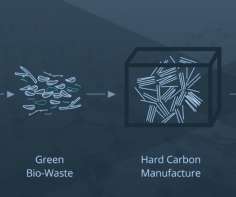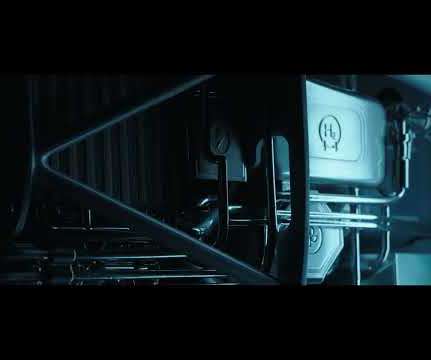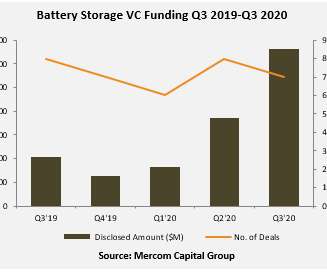Sparc Technologies, QUT partner to develop a hard carbon anode material from bio-waste for Na-ion batteries
Green Car Congress
SEPTEMBER 13, 2022
The partnership will begin with a project in the battery anode space with the development of a novel process for the production of hard carbon from bio-waste. We will be targeting the production of materials for the high growth market of sodium-ion batteries which is displaying significant promise as an alternative to lithium-ion batteries.




























Let's personalize your content